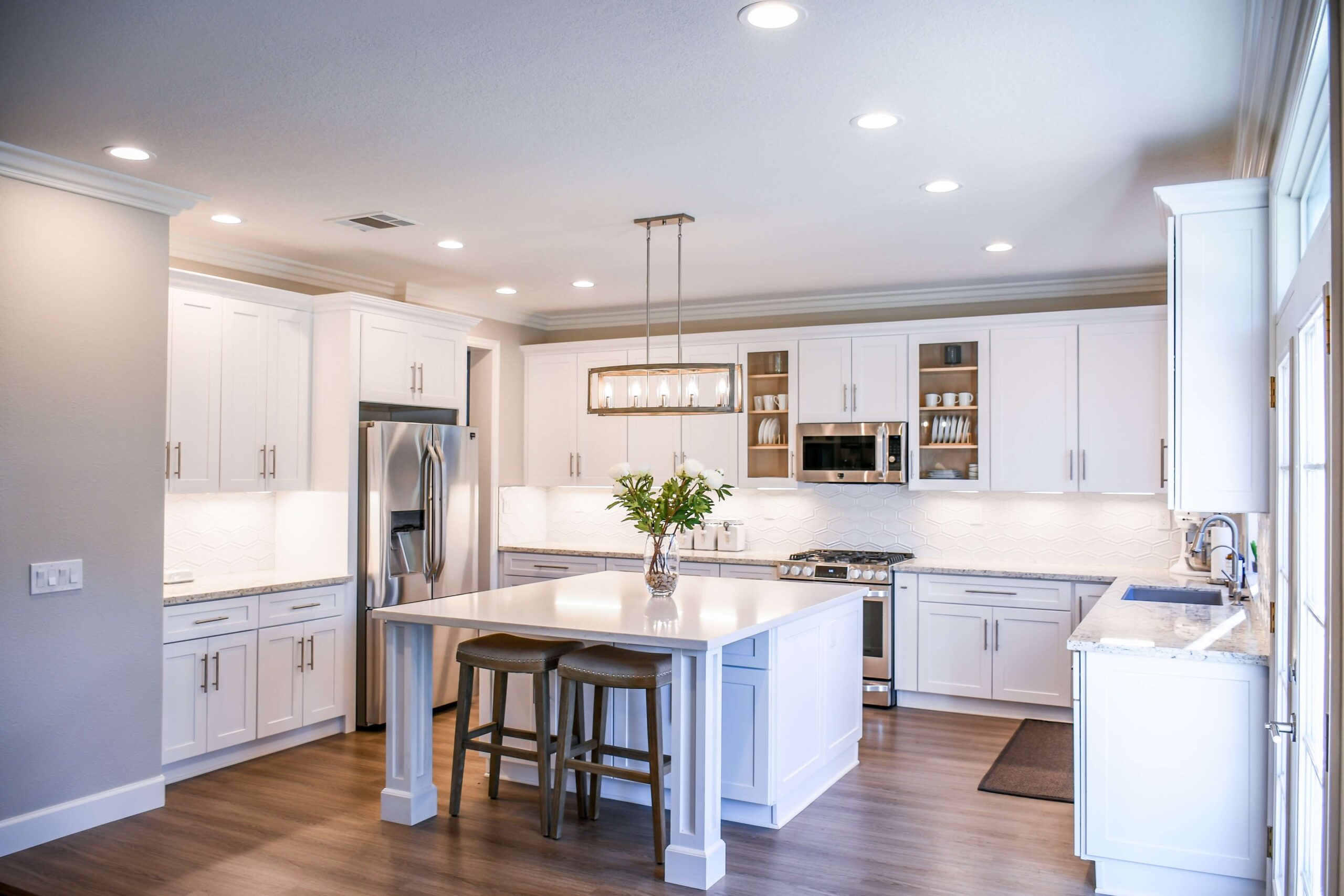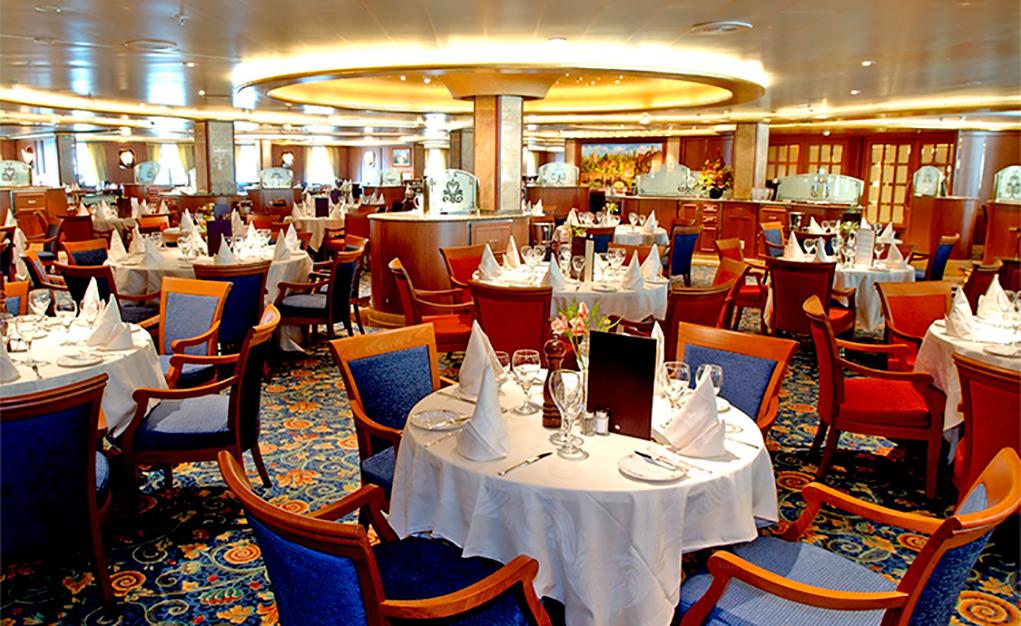Raised house designs use a combination of elevation and flood-resistant materials to provide superior protection against flooding. In these designs, the ground level of the home is lifted from the street level, usually several feet above the expected water level. This means that any water that comes into contact with the house is diverted away from the living quarters. Moreover, high-quality flood-resistant materials are employed on the exterior walls and the roof of the home so as to protect the interior from water damage. The most common materials used for such designs include poured concrete, cement blocks, reinforced wood, steel, and aluminum. In addition to providing flood protection, these materials are also highly durable and fire-resistant, making them the ideal choice for disaster-prone areas. Typically, these houses are designed with large open-plan living spaces that are ideally suited for entertaining and hosting social events. Raised House Design
Unlike flood-resistant designs, flood resilient house designs use sophisticated advanced technologies to minimize water damage during a flood. This is done by minimizing structural water damage, as well as by rapidly pumping out water that has managed to enter the house. The primary elements of this type of design include a series of flood-proof walls and roof, as well as flood-resistant insulation and flooring. Moreover, these houses are typically raised above the expected flood level to further minimize water damage. The most commonly used building materials for flood resilient house designs include lightweight concrete, foam insulation, and engineered wood. These materials are highly durable, fire-resistant, and offer superior energy efficiency. Furthermore, these houses are designed with movable walls, making them easy to expand or contract as desired. Flood Resilient House Design
Elevated house designs typically use steel frames to raise the home several feet above the expected flood level. This prevents the ground level of the house from being submerged in the event of a flood, thus minimizing the chances of water damage. Other features of these houses include an extensive network of waterproof barriers that help keep water from entering the home, as well as robust and reliable waterproofing systems. The most widely used materials for this type of design include reinforced concrete, steel, and advanced composite materials. In addition to providing superior flood protection, these materials are also highly durable and lightweight, making them a good choice for large and spacious homes. Elevated House Design
Flood resistance house designs typically use a combination of waterproof or water-resistant materials to keep water away from the house. Flooring options such as waterproof panels, tiles, and other non-absorbent materials are often employed in these types of designs. In addition, a series of raised walls and waterproof barriers are employed to further add an extra layer of protection. The most commonly used materials for such designs include reinforced concrete, steel, and other synthetic materials. Furthermore, these materials are highly durable, fire-resistant, and offer superior energy efficiency. As such, flood-resistant house designs are highly suited for those who live in areas that are prone to flooding.Flood Resistance House Design
The flood ready house design is a relatively new concept that combines the best features of both flood-resistant and flood resilient designs. Unlike traditional house designs, these houses are designed to be rapidly transported away from a flood zone, usually via helicopters or boats. Naturally, these houses are made of lightweight, yet durable materials that can be easily upset in the event of an emergency. The most common materials used for these houses include wood, aluminum, steel, and various synthetic materials. Furthermore, the lightweight and flexible nature of these materials makes them ideal for rapid transport, while their durability ensures that the house will remain fully functional even after being subjected to strong winds and floods. Flood Ready House Design
Flood adaptable house designs are designed to dynamically adapt to the changing landscape of the area during floods. In such designs, movable walls and roof panels are used to adjust the interior according to the ever-evolving conditions. Furthermore, these designs use advanced waterproofing methods to prevent water from entering the house. The most commonly used materials for these houses include lightweight steel, aluminum, and various composite materials. These materials are excellent for providing both stability and flexibility, making them an ideal choice for houses located in low-lying regions. They are also highly durable and fire-resistant, making them the preferred choice for areas that are prone to flooding. Flood Adaptable House Design
Flood mitigation house designs are designed with the goal of minimizing the effects of flooding on the home. The most common features of these designs include the use of waterproofing methods to keep water from entering the house, as well as high-quality drainage solutions to ensure that the water is quickly drained away from the house. In addition, these houses often feature raised roofs and walls to further add an extra layer of protection against floods. The most common materials used for this type of design include steel, aluminum, and a variety of composite materials. These materials are highly durable, fire-resistant, and offer superior energy efficiency. Furthermore, they are also capable of withstanding high levels of pressure, allowing the house to better resist the movement of a flood. Flood Mitigation House Design
Flood-proof house designs use a variety of building materials and construction techniques to completely prevent water from entering the house. The most common features of such designs include waterproof walls, roofs, and foundations, as well as the use of impermeable materials to prevent water from seeping into the house. Furthermore, these houses are typically built with an elevated foundation to further reduce the chances of water entering the house. The most commonly used building materials for this type of design include concrete, steel, aluminum, and various synthetic materials. These materials are highly durable, fire-resistant, and effective at preventing water from entering the house. In addition, they are lightweight and easy to install, making them an economical choice for many homeowners. Flood-Proof House Design
Aquaponic house designs use a combination of aquatic and ecological systems to produce a self-sustaining environment that is both resilient and productive. In such houses, a natural water circulation system is employed to rid the house of any accidental flooding. Furthermore, the systems are designed to provide a self-replenishing watershed, providing ample water during even the driest of seasons. The most commonly used materials for this type of design include earth-friendly materials such as timber, stone, and clay. These materials are highly durable and sturdy, capable of withstanding strong winds and floods. In addition, they are also fire-resistant, making them an ideal choice for those who live in disaster-prone areas. Aquaponic House Design
Multi-purpose flood protection house designs combine a variety of flood-resistant measures to provide superior protection against flooding. This type of design typically uses raised walls, high-quality waterproofing materials, and robust drainage systems to counteract the impact of flooding. Moreover, such designs often incorporate an extensive network of barriers and pumps to ensure that any water that enters the home is quickly diverted away from the living quarters. The most commonly used materials for this type of design include reinforced steel and concrete. These materials are highly durable, fire-resistant, and offer superior energy efficiency. Furthermore, such materials can easily be adapted to different types of topographies, making them a great choice for those looking for a custom-designed flood-proof house. Multi-Purpose Flood Protection House Design
Designing Flood-Resistant Houses
 With floods becoming more frequent and intense in many parts of the world, some areas have become increasingly prone to flooding, leading to the need for architects and engineers to develop unique house designs that are more resilient to damage and destruction that may occur during a flood event.
For those looking to build or buy a flood-resistant house, there are a few important design elements to consider. Firstly, the
foundations
of the house should be constructed using materials that are naturally water-resistant, such as concrete, bricks, or reinforced steel. Floating
foundations
have also become increasingly popular, as they raise the house above any rising water levels.
The house
walls
should also be designed to be resilient to flood waters. For more basic protection against water, brick or concrete walls are recommended, but for more efficient flood protection, use waterproof coatings or install
waterproof
membranes on the inner walls of the home.
The
roof
is also important, as it provides the first line of defense against coming rainfall and strong winds. Installing a stronger roof can help prevent water from flooding in the house. Additionally,
gutters
and drainage systems should be designed specifically to efficiently move overflow water away from the home.
The home’s windows are also a major weak-point in a flood event, and should be designed to be water-resistant. Constructing windows using materials like PVC or aluminum is recommended, and
window seals
are essential to prevent water from entering the house.
Developing and designing a flood-resistant house is essential in environments that experience regular flooding. By following experienced design practices, homeowners can ensure their homes will be well-protected from water damage and destruction.
With floods becoming more frequent and intense in many parts of the world, some areas have become increasingly prone to flooding, leading to the need for architects and engineers to develop unique house designs that are more resilient to damage and destruction that may occur during a flood event.
For those looking to build or buy a flood-resistant house, there are a few important design elements to consider. Firstly, the
foundations
of the house should be constructed using materials that are naturally water-resistant, such as concrete, bricks, or reinforced steel. Floating
foundations
have also become increasingly popular, as they raise the house above any rising water levels.
The house
walls
should also be designed to be resilient to flood waters. For more basic protection against water, brick or concrete walls are recommended, but for more efficient flood protection, use waterproof coatings or install
waterproof
membranes on the inner walls of the home.
The
roof
is also important, as it provides the first line of defense against coming rainfall and strong winds. Installing a stronger roof can help prevent water from flooding in the house. Additionally,
gutters
and drainage systems should be designed specifically to efficiently move overflow water away from the home.
The home’s windows are also a major weak-point in a flood event, and should be designed to be water-resistant. Constructing windows using materials like PVC or aluminum is recommended, and
window seals
are essential to prevent water from entering the house.
Developing and designing a flood-resistant house is essential in environments that experience regular flooding. By following experienced design practices, homeowners can ensure their homes will be well-protected from water damage and destruction.












































































